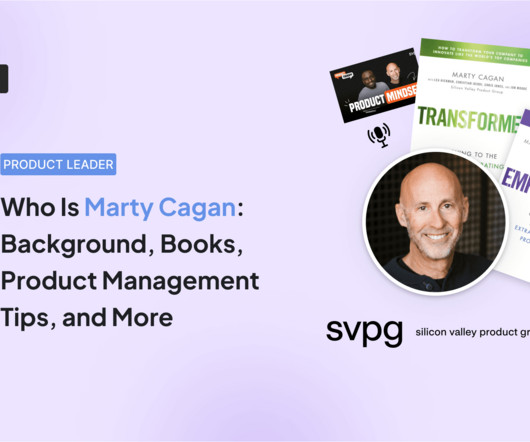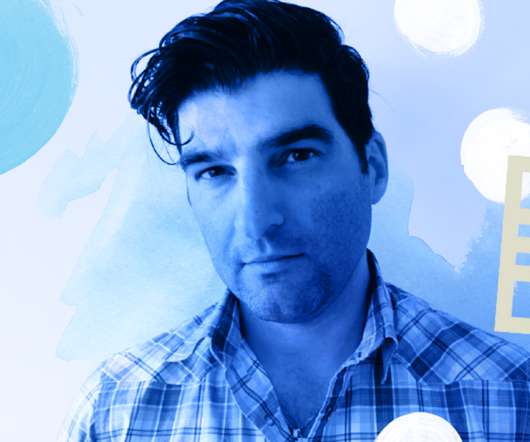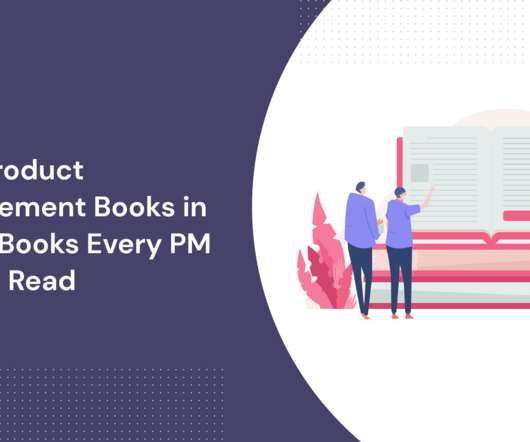Who is Marty Cagan: Background, Books, Product Management Tips, and More
Userpilot
APRIL 30, 2024
If you’re interested in learning more about Marty, including his background and top blog and podcast recommendations, continue reading ahead. Beyond his corporate endeavors, Marty’s passion for nurturing talent and fostering innovation led him to found the Silicon Valley Product Group (SVPG) in 2002. Who is Marty Cagan?















Let's personalize your content